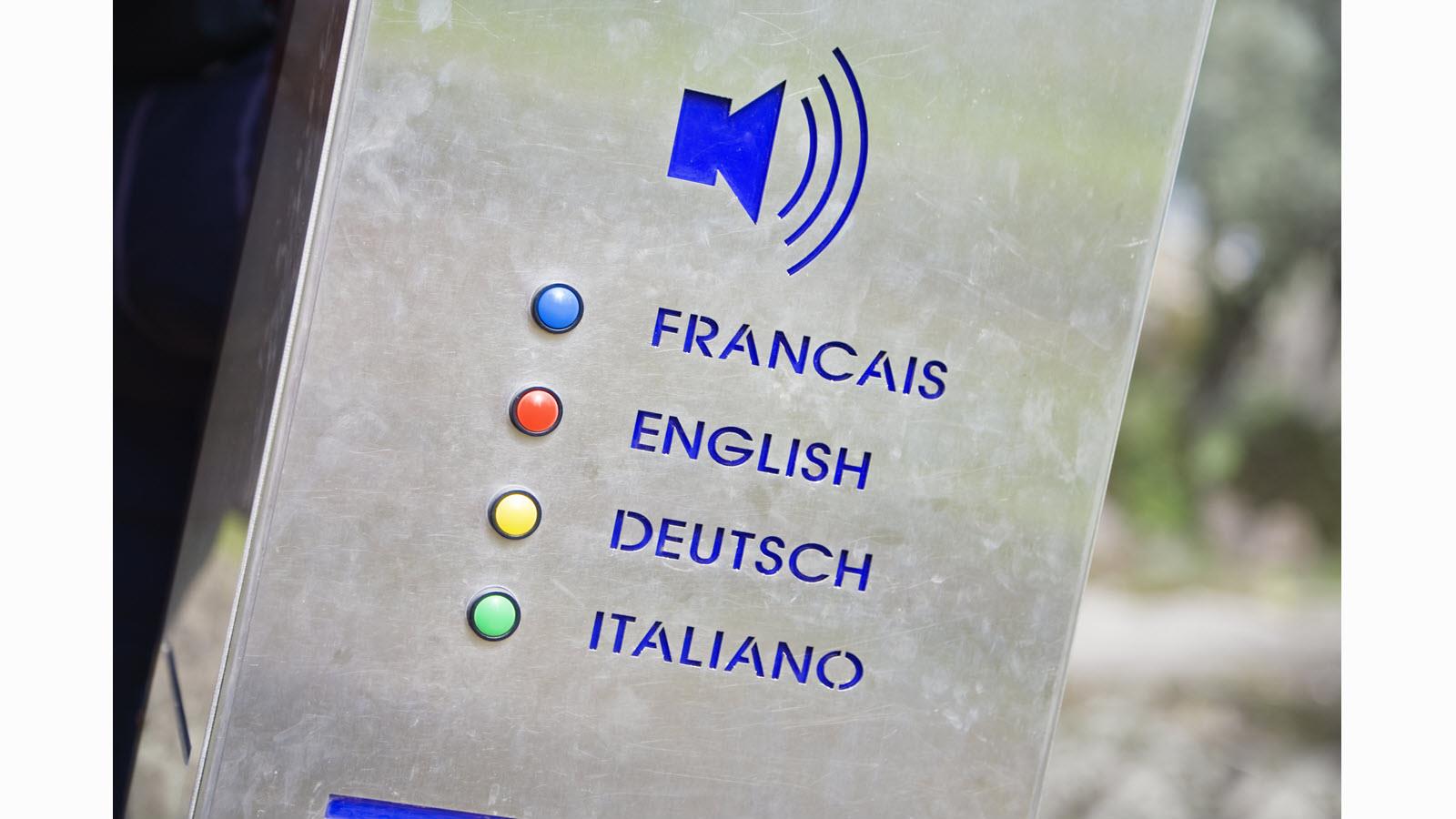CSL often translates one language into another and for good reason: The global biotech company has locations around the world and its 30,000 employees develop and manufacture medicines and vaccines for people in more than 100 countries.
A grand tour of CSL locations could start at a manufacturing site in Kankakee, Illinois; then skip across the Atlantic to major facilities in Switzerland and Germany; bound down to Australia, where CSL got its start; continue on to both Tokyo, Japan and Wuhan, China; and then return to the United States via CSL’s Pasadena office. CSL businesses, including CSL Behring, CSL Seqirus and CSL Vifor, together have 46 websites in languages other than English.
Day-by-day, translations happen so that CSL can continue to be driven by our promise.
Though in France, we say: Tout a commencé par une promesse.
And in Mexico: Impulsados por nuestra promesa
Antje Becker, who works in Communications at CSL’s Marburg, Germany location, has 30 years of translation experience, specializing in health, science and corporate environments. In honor of United Nations International Translation Day (30 September), we asked her about the art and a science of translation and why translators today sometimes use the term “transcreation.” In other words, Google Translate will get you only so far. Here’s how Becker explained it:
What makes a good translation? For me, there is one single principle that guides everything else:
The target text is to spark the same meaning and emotions in the target audience as the source text in the source audience.
The translation process is often reduced to the level of words, but it also applies to the levels of sentence, paragraph, general order of the entire text, the register and in a few cases even the text type itself. Essentially, the target text needs to be a rewritten version of the source text in a form that is linguistically and culturally appropriate for the target audience on all levels.
Done to the extreme, this is what the term “transcreation” denotes: The meaning of the source text is recreated using the means of the target language. It’s not a one-to-one translation but achieves its goal of saying the same thing to each audience.
So, a good translation does not give the impression of being a translation. It is as if it were conceived and written in the target language and for the target audience. To achieve this, the translator needs to be able to first assess the effect that the source text has on the source audience and then be able to create a target text with the same effect on the target audience. This is something literal translation and machine translation cannot provide and why they require professional and sometimes heavy post-editing.
In this, some content is more demanding than others. The more technical a text is, the more important pure facts are and the less pronounced the cultural influence is. Very technical machine-translated texts might require comparatively little post-editing, but even these cannot do without: a machine will inevitably make wrong choices when presented with several possible translations of one word in a dictionary. Machines cannot truly assess context on all levels, and – for a translator – context is king.



